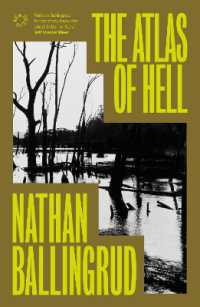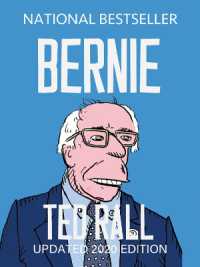Full Description
The tie that binds all Americans, regardless of their demographic background, is faith in the American system of government. This faith manifests as a form of civil, or secular, religion with its own core documents, creeds, oaths, ceremonies, and even individuals. In The Rhetoric of American Civil Religion: Symbols, Sinners, and Saints, contributors seek to examine some of those core elements of American faith by exploring the proverbial saints, sinners and dominant symbols of the American system.
Contents
IntroductionWhat is Civil Religion?
Jason A. Edwards and Joseph M. Valenzano, III
1. The Exodus: The Textual Heart of American Civil Religion
Theon E. Hill
2. "Glory in the Fight:" Frederick Douglass and the Revival of Republican Civil Religion
Sarah A. Morgan Smith
3. Civil Religion as Communal Democratic Sentiment: An Emersonian Perspective
Andrea Terry
4. Lighting "Human Spirit Lamps": Frances Willard, the Conscience of Reform, and American Civil Religion
Angela Lahr
5. Billy Graham's Cold War Rhetoric: Evangelical and Civil Religious Revival
Marissa Lowe Wallace
6. In God (and Capitalism) We Trust: Identification Through Division in 1950s Civil Religion
Bethany Keeley-Jonker
7. Civil Religion as Christian Religion: Francis Schaeffer's Liberal Fundamentalism
Eric C. Miller
8. Sinners and Saints: Public Memory, Civil Religion, and Citizenship at the Gerald R. Ford Presidential Museum
John P. Koch
9. Civil Religion or Mere Religion? The Debate Over Presidential Religious Rhetoric
David Weiss
10. Discovering Self in the Absence of Privacy: Race, Religion and the Imagined Bilalians
Sher Afgan Tareen
11. Barack Obama and the Expansion of American Civil Religion
Kevin Coe, David Domke, and Penelope Sheets
12. What Binds This Nation Together: Barack Obama's Secular Messianic Style in His Second Inaugural Address
Catherine L. Langford
Index
About the Contributors







